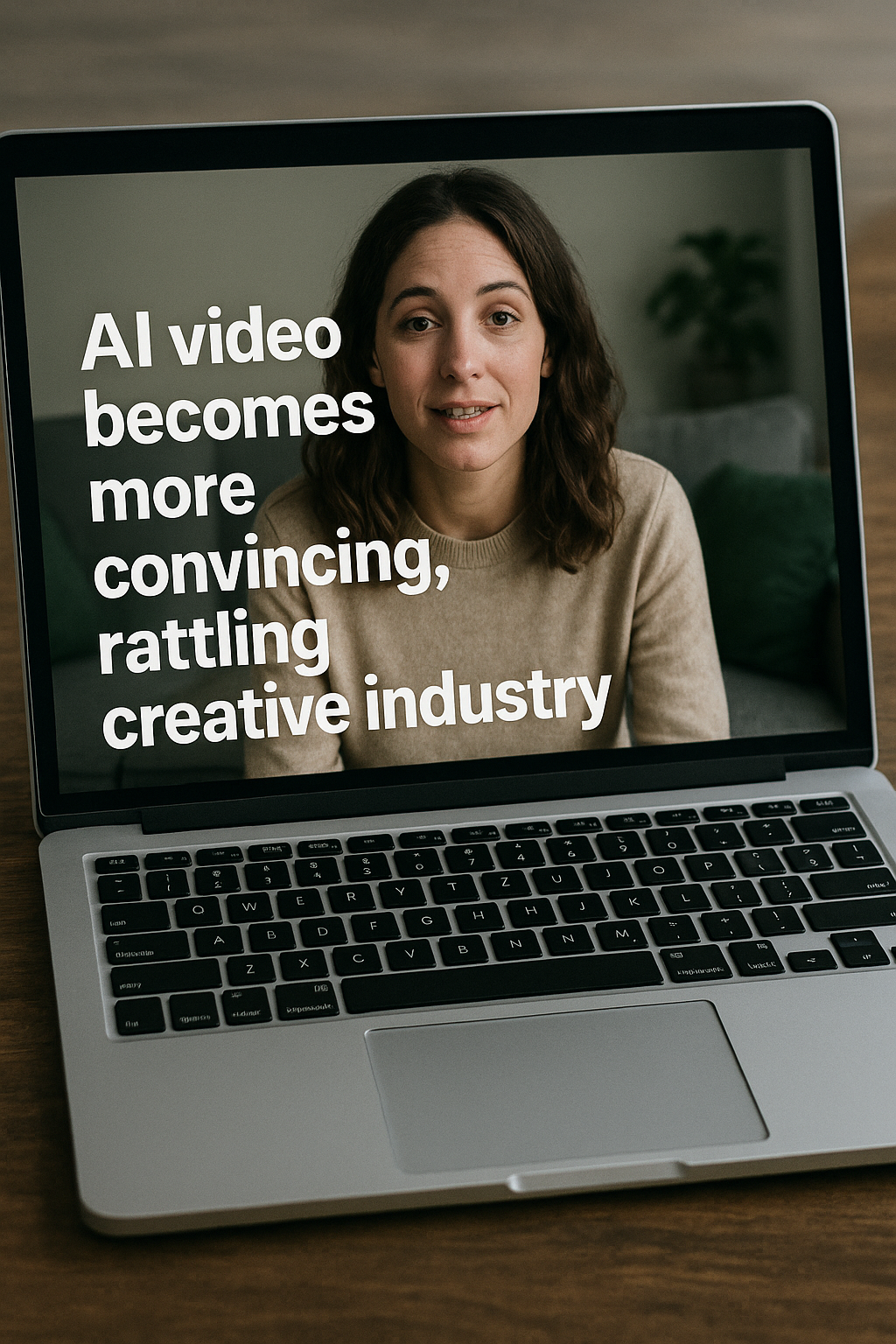NEW YORK, July 8 — The days of glitchy, six-fingered hands and awkward, rubbery faces in AI videos are slipping into history. Today, AI-generated visuals are becoming so lifelike, even seasoned filmmakers and artists are starting to take a second look — some with awe, others with unease.
One bizarre clip — Will Smith eating spaghetti — has oddly become the measuring stick for how far this technology has come. Back in 2023, it was a mess: blurry face, misaligned eyes, spaghetti flying everywhere except his mouth. Fast forward to now, and the same clip, made with Google’s Veo 3 platform, looks almost indistinguishable from reality.
“It feels like every week, something even more mind-blowing drops,” says Elizabeth Strickler, a professor at Georgia State University who closely follows AI video evolution.
And she’s not exaggerating. Just this year, platforms like Luma Labs’ Dream Machine, OpenAI’s Sora, Runway AI’s Gen-4, and Google’s Veo 3 have pushed boundaries at lightning speed. Production giants are already adapting. Runway AI, for instance, has inked deals with Lionsgate and AMC Networks, signaling just how seriously the entertainment world is taking this.
Instead of sinking millions into experimental scenes, studios can now mock them up in seconds. “Imagine previewing a scene with 10,000 soldiers in a snowstorm before committing a cent to production,” says Lionsgate’s vice president, Michael Burns.
But not everyone is onboard.
Andrew White, co-founder of Indie Studios, refuses to bring AI into his creative process. “It’s not about how the movie’s made, it’s about the soul behind it,” he explains. “AI doesn’t replace that.”
Others see the technology differently. Jamie Umpherson from Runway believes AI offers artists more freedom than ever — the ability to tweak, perfect, and visualize with fewer financial constraints.
Still, concerns loom. From ethical use of training data to environmental impacts, many — especially young creatives — are hesitant. Strickler notes, “My students are worried. They see the cost beyond dollars.”
Yet she also warns: ignoring this shift is like trying to run a business today without using the internet. “It might work — but not for long.”
AI hasn’t dethroned human creativity. But it’s reshaping the tools, the process, and even the gatekeepers. As AI-generated films like Where the Robots Grow quietly find their audience, the bigger question now isn’t whether AI has arrived — it’s how we’ll choose to use it.








